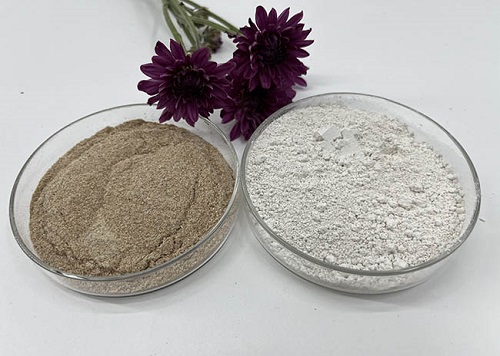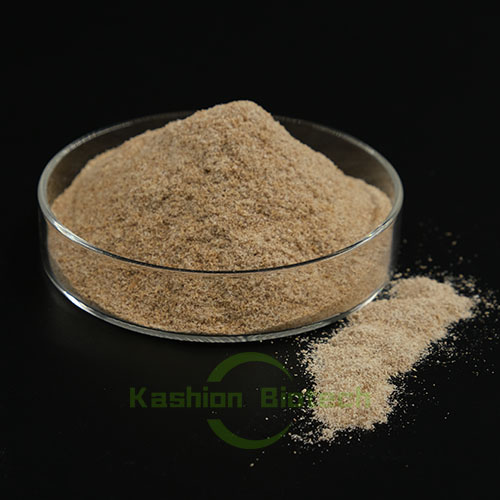
Home Products Sewage Treatment Bacteria Electroplating Smelting Wastewater Treatment Principle of biological phosphorus remov

Basic concept of phosphorus in wastewater
There are many forms of phosphorus in wastewater, the most important of which is inorganic phosphate. At different pH values, inorganic phosphate has different forms, such as orthophosphate (H2PO4-), metaphosphate (HPO42-), dihydrogen phosphate (PO43-) and so on. In addition to inorganic phosphate, there are polyphosphate, organic phosphorus and so on.
All microorganisms in the activated sludge of the wastewater treatment system will take up some phosphorus from the wastewater to synthesize their cellular material.

Among these microorganisms, a kind of phosphorus bacteria is relatively special. It can absorb phosphorus in excess of its physiological activities and store it in the form of polymeric phosphate, so it is also called phosphorus collecting bacteria or phosphorus removing bacteria.
Principle and process of biological phosphorus removal
Under aerobic conditions, Phosphorus Removal Bacteria obtain energy by oxidizing organic matter in wastewater or their own organic matter, and take up phosphate in wastewater into cells and store it in the form of polymerized phosphate. Finally, the sludge with high phosphorus content will be precipitated into the secondary sedimentation tank and discharged as surplus sludge, so as to achieve the purpose of phosphorus removal.
However, in order to achieve sustainable biological phosphorus removal, the sludge with high phosphorus content also needs to be reflow. The Phosphorus Removal Bacteria in the activated sludge of anaerobic tank fully release the phosphorus that has been absorbed and obtain energy, and then absorb the small molecules of organic matter in the wastewater, and convert these organic matter into PHB polyβ-hydroxyl particles and store them in the body.
Then it goes back into the aerobic tank and continues to take up the phosphorus in it, continuing to remove phosphorus from the wastewater during its life cycle. In the whole process of biological phosphorus removal, the increase of the number of bacteria or the yield of residual sludge has a very important impact on the effect of biological phosphorus removal.
Influencing factors of biological phosphorus removal
The process of biological phosphorus removal is mainly affected by seven factors, such as dissolved oxygen, sludge age, temperature, pH value, BOD5 load, nitrate nitrogen and REDOX potential.
1. Dissolved oxygen: As the name suggests, our requirements for dissolved oxygen in anaerobic and oxygen tanks are diametric opposites. It is hoped that the anaerobic tank is an absolute anaerobic process, even the combined state of oxygen can not exist, of course, the actual operation is very difficult, can only say that the lower the better; In aerobic tank, sufficient dissolved oxygen is required, usually above 2mg/L.
2. Sludge age: In the process of biological phosphorus removal, phosphorus removal mainly depends on the discharge of residual sludge. The shorter the sludge age, the higher the surplus sludge yield and the better the phosphorus removal effect.
3. Temperature: the suitable temperature range of biological phosphorus removal is 5~30℃, which is relatively wide.
4. PH: Usually between 6 and 8.
5. BOD5 LOAD: THE RATIO OF BOD5 AND TOTAL PHOSPHORUS TO > 20, ESPECIALLY IN ANAEROBIC pool, NEED SMALL molecules easy TO DEGRADE ORGANIC MATTER TO INDUCE THE full release OF PHOSPHATE, thereby IMPROVING THE intake OF PHOSPHORUS IN aerobic pool, after all, hungry you also do not move to work.
6. Nitrate nitrogen: this is a control amount that needs to be reduced, because when the concentration of nitrate is too high, denitrifying bacteria will compete with phosphorus removal bacteria for organic matter, resulting in reduced efficiency of phosphorus release by phosphorus removal bacteria, so the concentration of nitrate nitrogen (nitrogen element contained in nitrate is nitrate nitrogen) entering the anaerobic tank needs to be less than 2mg/L.
7. REDOX potential: The REDOX potential requirements in the aerobic and anaerobic pools are also different, with the aerobic zone requiring +40~50mV and the anaerobic zone requiring -160~0mV.
Name: Nicole Yu
Mobile:+86 17718148007
Tel:+86 17718148007
Whatsapp:8617718148007
Email:sales@kashionbiotech.com
Add:No.6, Zhanxi Road, Yaohai District, Hefei City, Anhui Province, China.